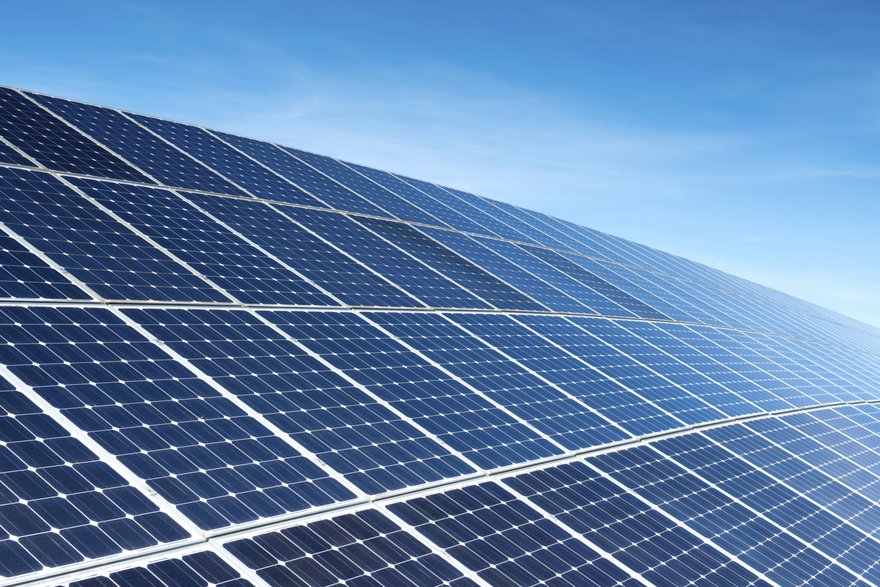US-based communications company Verizon has announced a US$40m investment into solar power as it expands the green energy program it launched last year.
The investment will nearly double the amount of renewable power generated by solar energy systems installed at six of its facilities in 2013.
By the end of this year Verizon plans to install 10.2MW of solar power systems at eight of its network facilities, across five US states.
Earlier this year Greenpeace released its Clicking Clean: How Companies are Creating the Green Internet report where it rated company’s on their green efforts.
Verizon Terremark's energy footprint was not graded as Greenpeace states it had insufficient public data to evaluate it.
Although Greenpeace did award Verizon Terremark C in Energy Transparency, D in Renewable Energy Commitment & Siting Policy, B in Energy Efficiency & Mitigation and C in Renewable Energy Deployment & Advocacy.
According to Verizon it has invested nearly $140m in on-site green energy.
Verizon said it is on target to deploy upward of 25 MW of green energy upon completion of the new solar projects.
It said the solar energy system will generate enough green energy to power more than 8,500 homes each year.
Verizon’s total green-energy efforts are expected to offset 22,000 metric tons of carbon dioxide annually, which is equivalent to taking nearly 5,000 passenger vehicles off the road each year.
Solar panel company SunPower corp is designing and installing all of the solar energy systems for Verizon.
Verizon said it has long been focused on energy efficiency and instituting sustainable real estate practices.
It was an early adopter of fuel cell technologies and invested in one of the largest fuel cell sites of its kind in 2005 – helping to power a call-switching center and office building in Garden City, New York.
Verizon also uses 26 solar-assisted cell sites in remote areas in the western US to help power a portion of its wireless network.
In addition to various solar and fuel cell installations at Verizon facilities, it said it has implemented better cooling efficiency and energy-consumption reduction measures in its data centers.
In 2009, Verizon developed new standards for energy consumption on select telecom equipment, with a target of 20% greater efficiency.
Verizon said all of its energy-efficiency strategies support the company’s ultimate goal of cutting its carbon intensity – carbon emissions produced per TB of data flowing through Verizon’s global wired and domestic wireless networks – by 50% by 2020.
Verizon’s chief sustainability officer James Gowen said Verizon’s investment in on-site green energy is improving the quality of life in the communities it serves by reducing CO2 levels and reducing strain on commercial power grids, while increasing its energy efficiency.
“By almost doubling the amount of renewable, solar energy we’re using, we are making further progress toward Verizon’s goal of cutting our carbon intensity in half by 2020, in part, by leveraging the proven business case for clean-energy alternatives to the commercial power grid,” Gowen said.

